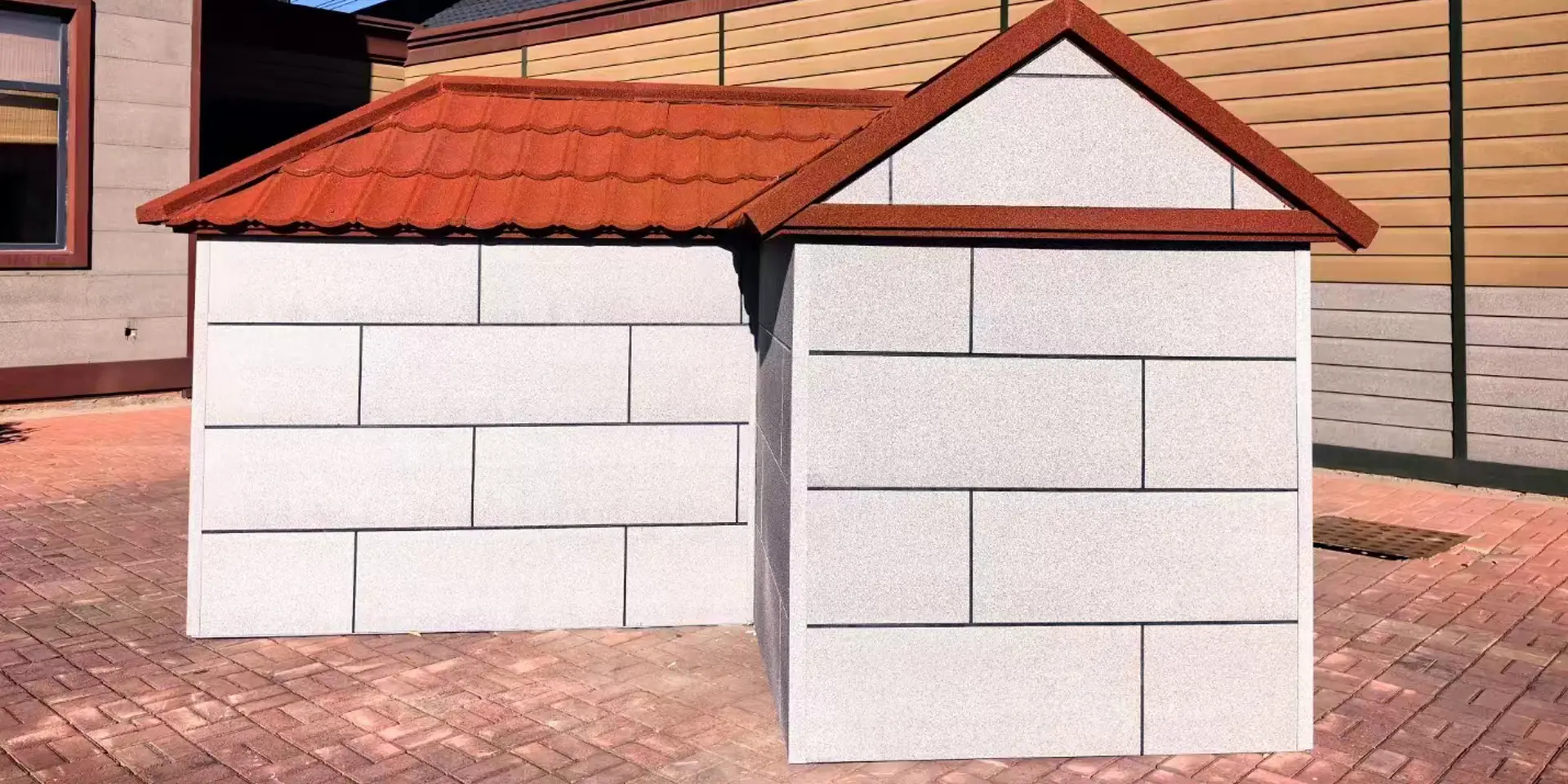
டிசம்பர் . 20, 2024 10:24 Back to list
what is the difference between asphalt shingles and architectural
The Differences Between Asphalt Shingles and Architectural Shingles
When it comes to roofing materials, homeowners often find themselves faced with a multitude of options. Among the most popular choices are asphalt shingles and architectural shingles. While they may appear similar at first glance, there are distinct differences between the two that can significantly impact the longevity, aesthetics, and overall value of a home. This article delves into the characteristics of both roofing materials, helping you make an informed decision for your roofing project.
What Are Asphalt Shingles?
Asphalt shingles are a type of roofing material made from a base mat, usually constructed from fiberglass or organic materials, which is coated with asphalt and then covered in granules. The granules serve not only to enhance the appearance of the shingles but also to provide UV protection. Asphalt shingles are typically divided into two categories three-tab shingles and architectural shingles.
Three-tab shingles are the traditional option, characterized by their flat, rectangular shape and uniform appearance. When installed, they create a single layer of coverage, which can make them a more economical choice. However, this type of shingle is generally less durable and has a shorter lifespan, typically ranging from 15 to 20 years.
Understanding Architectural Shingles
Architectural shingles, also known as dimensional or laminated shingles, are a more advanced version of asphalt shingles. They are constructed using multiple layers of material, which are fused together and topped with granules. This unique construction gives architectural shingles a thicker and more textured appearance, allowing them to mimic the look of more expensive roofing materials like wood or slate.
One of the primary advantages of architectural shingles is their durability. Due to their layered construction, these shingles can withstand higher winds and are less prone to damage from extreme weather conditions. On average, architectural shingles have a lifespan of 25 to 30 years, making them a worthwhile investment for homeowners looking for longevity.
Aesthetic Appeal
A critical difference between asphalt and architectural shingles lies in their visual appeal. Asphalt shingles, particularly three-tab varieties, tend to have a more uniform and flat appearance. While they can come in various colors, they lack the depth and dimension found in architectural shingles.
what is the difference between asphalt shingles and architectural

In contrast, architectural shingles offer a more visually appealing solution, thanks to their layered construction, which creates shadows and textures that add depth to the roofline. This can enhance the overall curb appeal of a home, making it stand out in the neighborhood. Homeowners often choose architectural shingles for new builds or significant renovations due to their attractive appearance.
Cost Considerations
When evaluating roofing options, the budget is often a key factor. Generally, asphalt shingles, particularly three-tab varieties, are more affordable upfront compared to architectural shingles. However, it is essential to consider the long-term implications of choosing less expensive materials.
While three-tab shingles may save you money initially, their shorter lifespan and increased susceptibility to repairs or replacements can lead to higher costs over time. Architectural shingles, although more costly upfront, often provide better long-term value due to their durability and extended lifespan. They can also contribute to energy savings through better insulation properties, making them a financially wise choice.
Installation and Maintenance
Both asphalt and architectural shingles are relatively easy to install, which can reduce labor costs. However, the installation process for architectural shingles may require more skill due to their weight and layering. Proper installation is crucial for both types of shingles to ensure they perform well and last.
In terms of maintenance, both types of shingles are low-maintenance, but architectural shingles tend to require less upkeep over time. Their durability means they are less likely to suffer damage, resulting in fewer repairs.
Conclusion
In summary, while both asphalt shingles and architectural shingles serve as effective roofing materials, they cater to different needs and preferences. Asphalt shingles are an economical choice for homeowners on a budget or those seeking a more straightforward roofing option. In contrast, architectural shingles offer enhanced durability, aesthetic appeal, and longer lifespan, making them suitable for those willing to invest a bit more initially for greater long-term value.
Ultimately, the choice between asphalt and architectural shingles should be made based on individual preferences, budget considerations, and the specific needs of your home. Engaging with a reputable roofing contractor can provide further insights and recommendations tailored to your situation, ensuring that you achieve the best results for your roofing project.
-
Conservatory Felt Roof Solutions Durable, Weatherproof & Stylish Roof Upgrades
NewsJul.04,2025
-
Roman Stone Beige Tile for Elegant Spaces Roman Beige Ledger Panel & Travertine
NewsJul.04,2025
-
Small Clay Roof Tiles for Durable & Stylish Roofing Red & Custom Options Available
NewsJun.24,2025
-
Lifetime Roof Shingles – Durable Roofing Solutions for Decades
NewsJun.10,2025
-
Top Roofing Shingles Types Compare Different Types of Architectural Roofing Shingles for Your Home
NewsJun.10,2025
-
Affordable Asphalt Shingle Roll Durable & Easy Flat Roof Solution
NewsJun.09,2025







